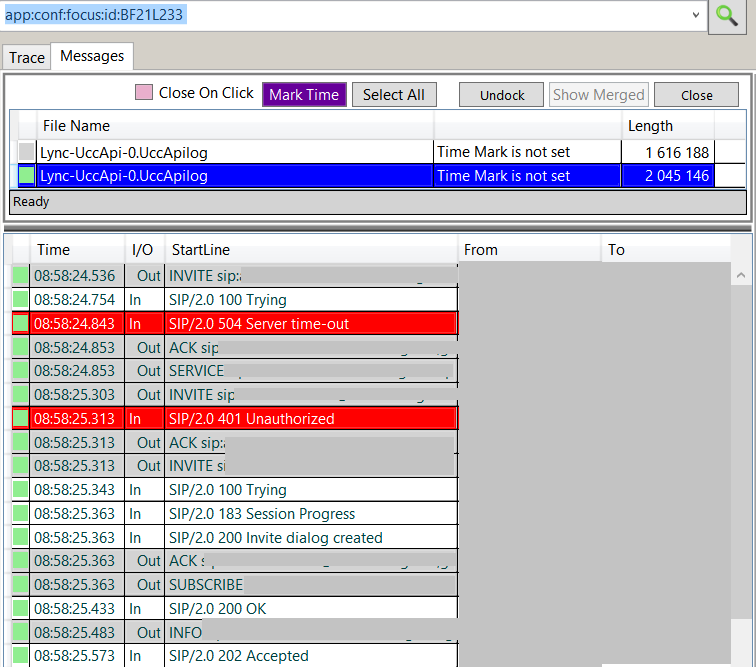Microsoft is rolling a new update to Copilot Notebooks that make collaboration even easier: the ability to share Copilot Notebooks with your colleagues. Personally, I like Notebooks because they feel almost like small, personal agents I don’t have to configure. They give me a safe space to collect notes and documents and then work on them over time. With this update, that personal space can become a shared space for a selected group of colleagues, without compromising security or permissions. I think it is also important to note that your chat and chat history within the Notebook stays private. The web rollout began in late October and will finish by December, while mobile access starts in early November and are related to the Microsoft 365 Roadmap ( ID 506851 ) You can also read more about the Copilot Notebooks experience on the Microsoft website here . If you like this update and want to stay informed about similar improvements, feel free to follow me on LinkedIn!
- Get link
- X
- Other Apps



